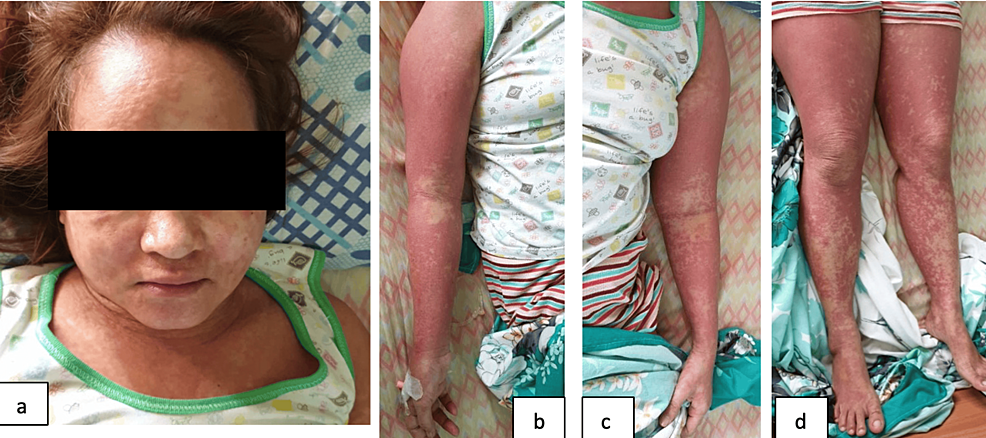
Acne: A Complex Condition in Adults
Acne, a common skin condition, is often thought of as a problem exclusive to teenagers. However, acne can persist or even begin in adulthood.
Diagnosing Acne and Its Differences from Rosacea and Steroid Acne (Paragraph 1)
Acne diagnosis is generally straightforward but can be confused with rosacea and steroid acnes. While acne begins with comedones, rosacea skips this stage, starting directly with inflammatory lesions. In older women, both conditions may appear simultaneously.
Causes of Adult Acne: Endocrine Evaluation and Polycystic Ovary Syndrome (Paragraph 2)
Acne in adults can be attributed to various factors, including endocrine disorders such as polycystic ovary syndrome (PCOS). PCOS is a metabolic disorder characterized by insulin resistance, hyperandrogenism, and menstrual irregularities. Endocrine evaluation may be necessary for some adult acne patients with resistant or persistent symptoms.
Classification of Adult Acne: Subtypes and Persistence (Paragraph 3)
Adult acne can be classified by subtype, such as acne conglobata, acne fulminans, and pomade acne. The persistence of adult acne may be due to differences in sebum excretion rates or underlying endocrine disorders.
Rare but Deadly Consequences of Acne Medications: DRESS Syndrome (Paragraph 4)
While treating acne, it is essential to be aware of the potential risks. For instance, certain medications like trimethoprim-sulfamethoxazole can trigger a rare but deadly condition called DRESS syndrome. This condition affects up to 1 in 1,000 people exposed to the mentioned medications and can be fatal in up to 1 in 10 cases.
Advocacy for Awareness: Izzy McKinney's Story (Paragraph 5)
Tasha Tolliver, Izzy McKinney's mother, has been advocating for awareness of DRESS syndrome since her daughter's death nine years ago. It is crucial to be informed about the potential risks associated with acne medications and other drugs that can trigger this condition.

